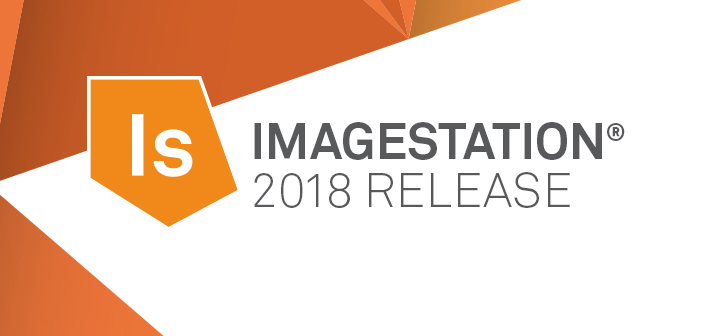The ImageStation 2018 product family is the result of nearly 40 years of continuous photogrammetric technology development, starting with analytical stereoplotters using film diapositives and progressing through the current full suite of digital softcopy applications for end-to-end photogrammetric data production. During this time the data sources used for photogrammetric data collection expanded from aerial sensors capturing images on film, to aerial sensors capturing large-format digital images, to satellite sensors capturing digital images of increasing spatial and spectral resolution over large areas of the Earth, to unmanned aerial vehicles (UAVs) capturing small-format images over project areas.
Satellite imaging sensors have now been launched by numerous countries and commercial companies around the world with spatial resolutions as high as 31 cm, which allows for large scale mapping up to 1:2400. Satellite sensors typically include 4 or more multispectral bands at a lower resolution for remote sensing applications, which can be merged with the higher resolution panchromatic band through a pan-sharpening process. The use of UAVs for mapping purposes has been growing rapidly with new developments in sensors and platforms, improved positioning capabilities, and reduced restrictions on operating UAVs for commercial use.
As the data horizons for photogrammetric data collection have expanded, the capabilities of ImageStation have expanded as well. With the release of ImageStation 2018, the ability to import and process satellite and UAV data has been greatly expanded. The number of satellite sensors supported in ImageStation 2018 has been expanded to over 40, including virtually any sensor that provides Rational Polynomial Coefficients (RPCs), many Generic Orbital Pushbroom (GOP) models, and Replacement Sensor Model (RSM) data. The expanded satellite sensor support in ImageStation 2018 includes a new option to automatically generate pass points on satellite image stereo pairs to improve the strength and accuracy of triangulation.
ImageStation 2018 also includes the ability to easily and automatically import images and metadata from a wide variety of UAV-based sensors. While low-cost, turn-key solutions for generating image mosaics over a given area are available, ImageStation users have expressed the need to have more control over the aerial triangulation, DTM generation, and orthomosaic processes, and to leverage their existing investment and training in ImageStation for their production. This new import capability can also use image correlation techniques to take the guesswork out of trying to determine the camera’s scanline orientation, as well as determining any flight line crab, and using these to determine the photo’s Interior Orientation (IO) and Exterior Orientation (EO) parameters.
A complete list of new features in ImageStation 2018 can be seen in the Release Guide available in the product delivery and on the Hexagon Geospatial website.
















